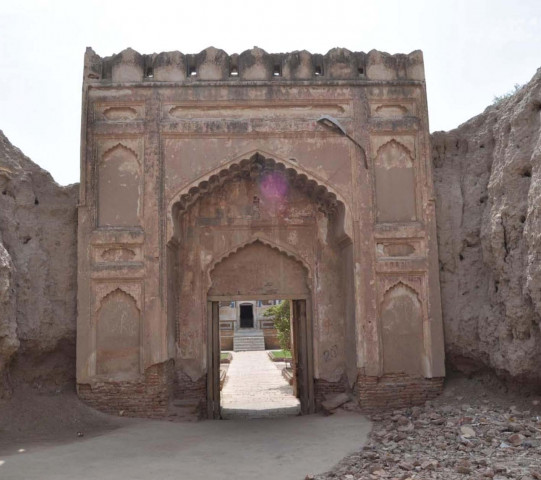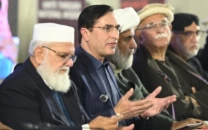239th death anniversary: What would the man who built Hyderabad think of it today?
Ghulam Shah Kalhoro conquered Sindh and restored it to its present-day boundaries.

Some scholars contend that he is the second most important person to have been born in the province after Shah Abdul Latif Bhittai. “Fifteen years of his rule, from 1757 to 1772, saw the reunification of Sindh in its present shape and an expansion of its borders beyond Multan to Dera Ghazi Khan,” explained Dr Ghulam Mustafa Lakho, who has a PhD on the Kalhora dynasty. For Lakho, Kalhoro fared well in every respect of his rule. “War, religion, architecture, agriculture and a peaceful reign - he was the epitome of a just ruler.”
According to historians, Ghulam Shah’s father Noor Muhammad Shah Kalhoro was succeeded by three of his sons to the throne at different times. “For some years people had stopped taking the name of Sindh as the areas under the rule of the three brothers were called by their respective names,” said Prof. Dr Laiq Zardari, who is the director of the Institute of Archaeology.
It was then that Ghulam Shah, who was throned at Thatta, conquered Sindh and restored it to its present-day geographical status.
Ghulam Shah founded Hyderabad in 1768 by the name of Nerunkot and built its historical forts which are known today as Pucca Qila and Katcha Qila. “Historically, the Kalhoras had their capital at Khudabad, south of present-day Dadu,” Dr Lakho said. “But a change in the course of the Indus river in the 1750s necessitated the relocation of the capital.” The Kalhoros had several temporary capitals from 1754 to 1768 until they founded Hyderabad.
According to Dr Shafqat Abbasi, as a ruler, Ghulam Shah was able to instill courage in his men to defy the centuries-old suzerainty of Kabul over Sindh. “It was difficult for any ruler of Sindh to install himself without the ‘Sanad’ of the kings of Kabul.” Abbasi lamented, however, that the ruler did not live long enough to realise his dream and died a natural death in 1772.
Mausoleum
For such a great ruler it is a shame that his tomb is neglected. “Heritage is as important as glorious history itself,” mused Prof. Hakim Ali Shah Bukhari, a former director of the Archaeology department.
According to Bukhari, Kalhoro’s mausoleum, a 56x56 feet wide and 36-feet high monument built inside a rectangular fort, also served as the second line of defence on a northern hillock of Pucca Qila. “Its interior, exquisitely decorated with paintings, gilding, tiles and arch-shaped windows filled with terracotta grilles of geometrical and arabesque patterns, has lost its lustre.” He is also upset that the site is gradually morphing into a graveyard. “On the top of its dilapidated condition, people are being allowed to bury their dead there.”
At a commemorative ceremony on Friday, resolutions were passed, demanding for August 2 to be officially marked as the day of Ghulam Shah Kalhoro in Sindh.
Culture Minister Sassui Palijo has assured that all mausoleums and heritage sites of the Talpur and Kalhora dynasties will be renovated. “These archaeological sites were devolved to Sindh in June this year,” she said. “Though we don’t have the funding, we can’t afford to delay rehabilitation.”
Published in The Express Tribune, August 8th, 2011.



















COMMENTS
Comments are moderated and generally will be posted if they are on-topic and not abusive.
For more information, please see our Comments FAQ